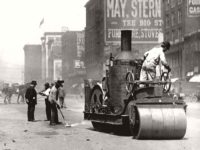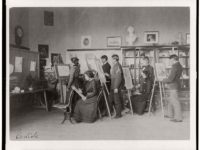Vintage: Streets of St. Louis, Missouri (early XX Century)
When Missouri became a state in 1821, St. Louis County was created from the boundaries of the former St. Louis subdistrict of the Missouri Territory; St. Louis city existed within the county but was not coterminous with it. Starting in the 1850s, rural county voters began to exert political influence over questions of taxation in the St. Louis County court.…

























